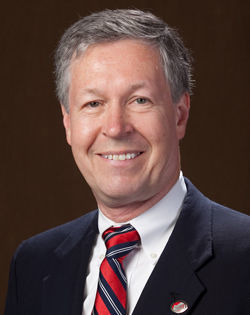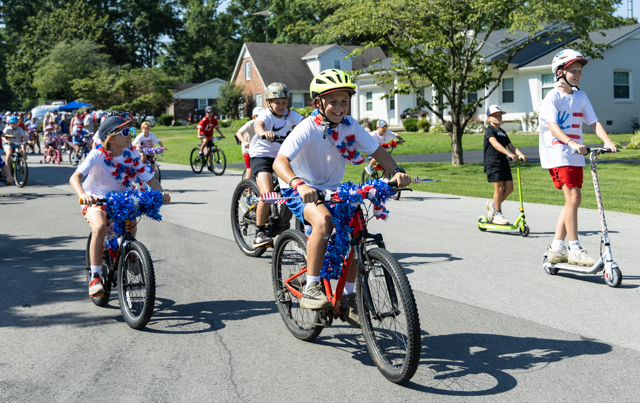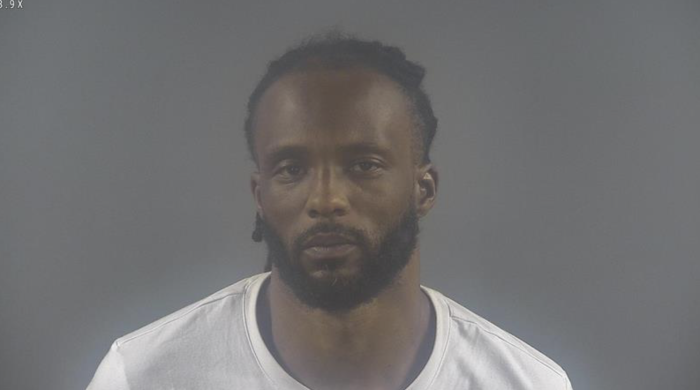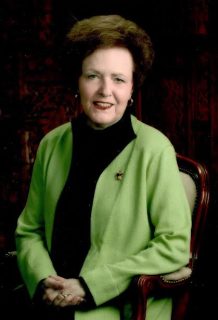Perspective: WKU’s President Cherry and the 1918 flu pandemic
Published 12:00 am Sunday, May 10, 2020

- DAVID LEE
Editor’s note: The following column was submitted by David Lee, Western Kentucky University’s historian. WKU Archivist Suellyn Lathrop also contributed to this article.
Although the coronavirus pandemic is a unique experience for most Americans, the nation faced a similar and even more ominous challenge during the 1918 Spanish flu pandemic. Before it ran its course, the disease likely took at least 50 million lives worldwide including more than 600,000 lives in the United States.
The flu struck Bowling Green and Kentucky particularly hard in October 1918. Struggling to control the spread of the disease, on Oct. 6 the Kentucky State Board of Health ordered the “closing all places of amusement, schools, churches and other places of assembly and advises against and discourages all unnecessary travel and social visiting in this commonwealth until the epidemic is over.” In spite of such efforts, the pandemic ultimately claimed 14,000 to 15,000 lives in Kentucky. Adding to the somber tone of that deadly October, the pandemic played out against the background of the bloody Battle of the Argonne Forest, the climactic battle of World War I, a battle in which American forces suffered heavy losses.
Complying with the Board of Health directive, Western Kentucky State Normal School closed Oct. 7 and remained closed until Nov. 10. “This is the first time in the history of the Normal School that this has ever been necessary,” Henry Hardin Cherry wrote, but Bowling Green was in the midst of “the worst siege of sickness this community has ever had.” About two-thirds of the 1,400 or so Normal School students became ill within a few weeks. Cherry himself set the tone for the school’s response to the pandemic.“… (W)e have a number of students who are desperately ill at this time,” Cherry wrote, “and I must stay right on the hill, doing all I can.”
Cherry’s candid letters to family members reflect the depth of the crisis and the determined response by the Normal School community. “Everyone connected with our school who was not sick has been turned into a nurse,” Cherry wrote to his brother, but the healthy caregivers faced a nearly overwhelming challenge. “So many are sick that it is difficult to take care of them,” Cherry told another family member. “Everybody who is not sick is literally worn out.”
Cherry himself was “a nurse and a doctor for more than three weeks, giving the sick practically all of my time.” Remarkably, thanks perhaps to such extraordinary efforts, Cherry reported that no Normal School students died during the pandemic even though the Spanish flu struck young adults particularly hard.
Ever the optimist, as the flu ran its course and the Normal School resumed classes Nov. 10, Cherry remained supremely confident about the school’s resilience in the face of adversity. “The attendance after the holidays will be tremendous,” Cherry predicted as he anticipated the spring term. “I believe schools will prosper in the future as they have never prospered before.” As Cherry had anticipated, the Normal School student enrollment for the following year grew by more than 10 percent.






